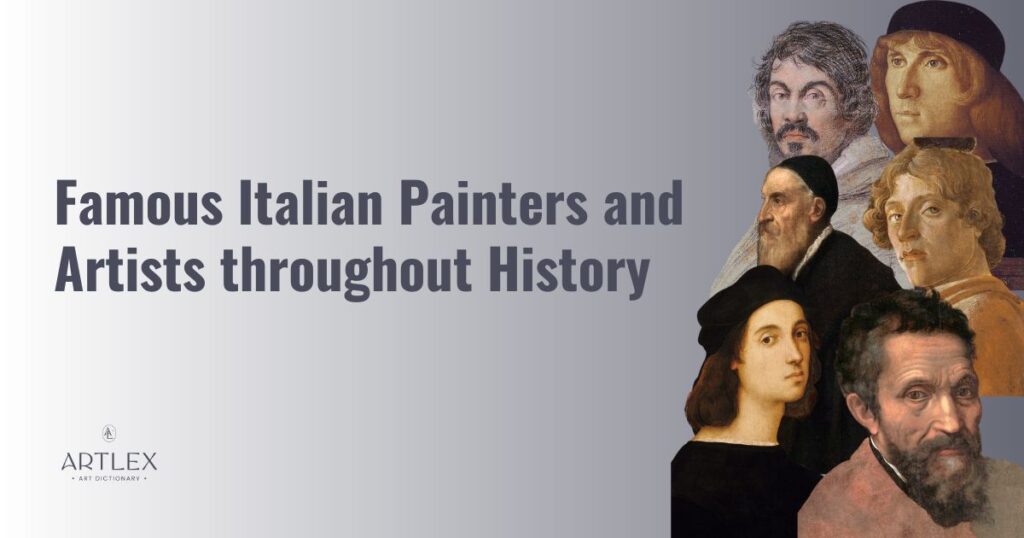
Italy has gifted some of history’s most iconic and captivating artists. From the awe-inspiring frescoes of the Italian Renaissance to the bold strokes of modern art, Italian painters have left an indelible mark on global culture.
In this article, we’ll explore 20 famous Italian painters who have helped transform the understanding and appreciation of Italian art across generations.
1. Michelangelo
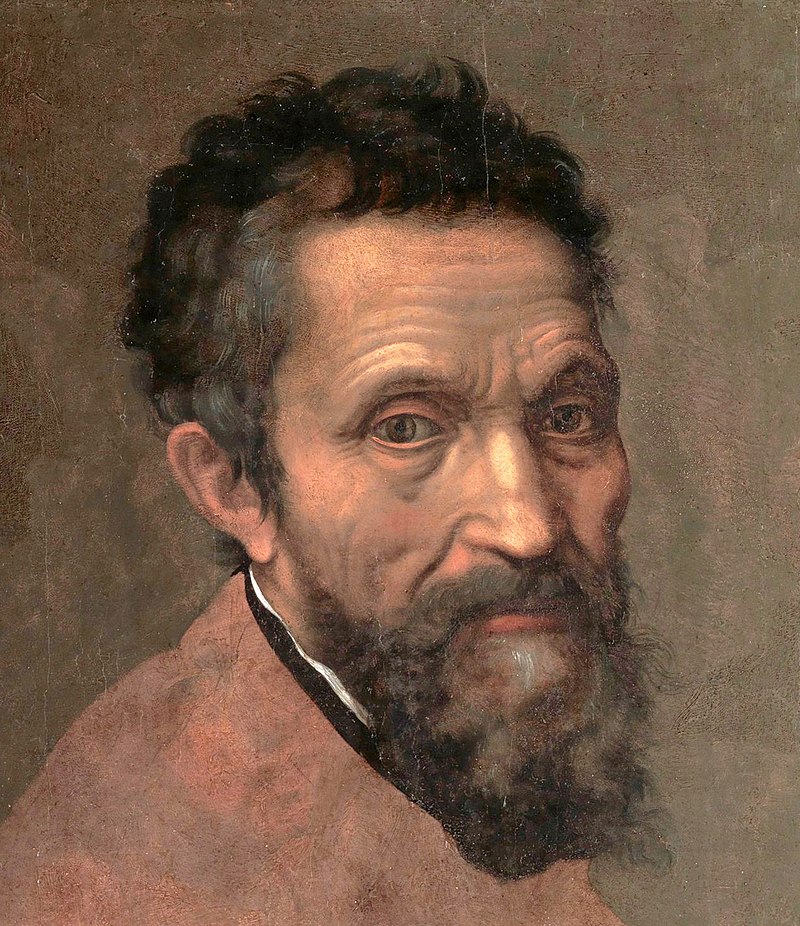
- Birth year: 1475
- Death year: 1564
- City/province of birth: Tuscany
- Notable characteristics/subject matter: Physical realism, use of light, space, and shadow
- Notable artwork: Madonna of Bruges (1501-1504), The Sistine Chapel Ceiling (1512)
Michelangelo was one of the most famous Italian artists of the Italian Renaissance. He was a highly skilled painter, sculptor, and architect who demonstrated a passion for the visual arts at a young age.
He was deeply influenced by the budding Venetian painting scene led by artists like Giovanni Bellini.
His techniques and stylistic decisions influenced subsequent art movements, including the Baroque period, led by Italian artists like Caravaggio.
Two of his most famous paintings are in the Sistine Chapel: “The Last Judgement” and “The Creation of Adam.”
2. Sandro Botticelli
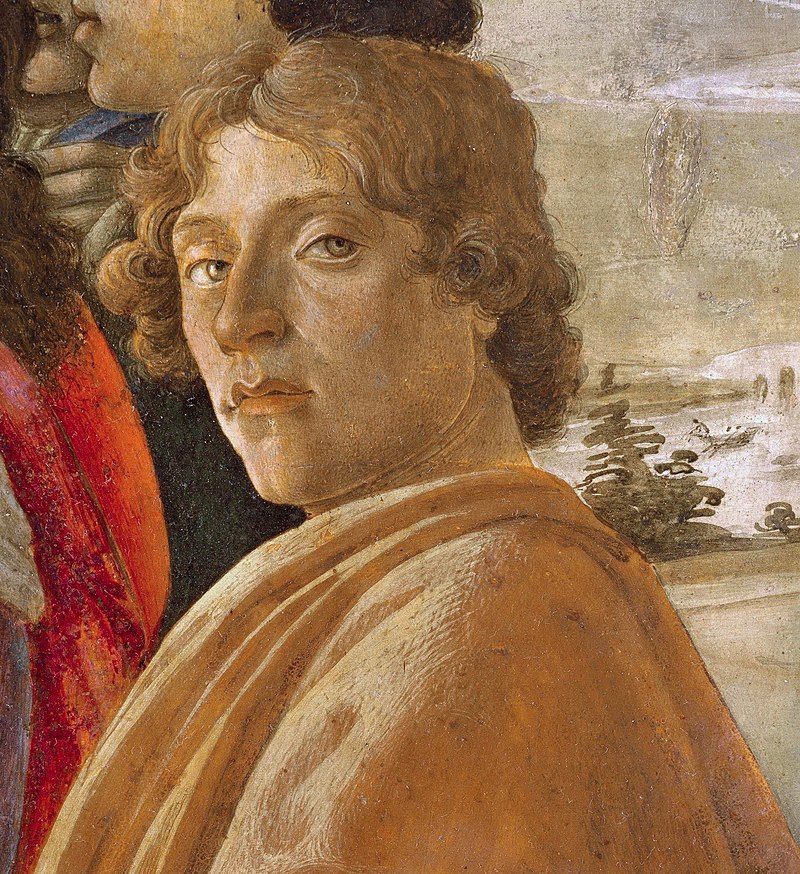
- Birth year: 1445
- Death year: 1510
- City/province of birth: Florence
- Notable characteristics/subject matter: Portraits, religious themes, mythology
- Notable artwork: The Birth of Venus (1485–1486), Primavera (1477–1482)
Sandro Botticelli was a famous Italian painter from the Early Renaissance period.
His mythology-based works, “The Birth of Venus” and “Primavera,” significantly influence European art, echoing the vitality and beauty of the Renaissance era.
He was an apprentice to Fra Filippo Lippi, known for his detailed Madonna paintings, whose influence can be seen in Botticelli’s early works.
Botticelli’s religious works, such as “The Adoration of the Magi,” demonstrate a fusion of religious subjects with an intense interest in human emotion and narrative detail.
3. Caravaggio
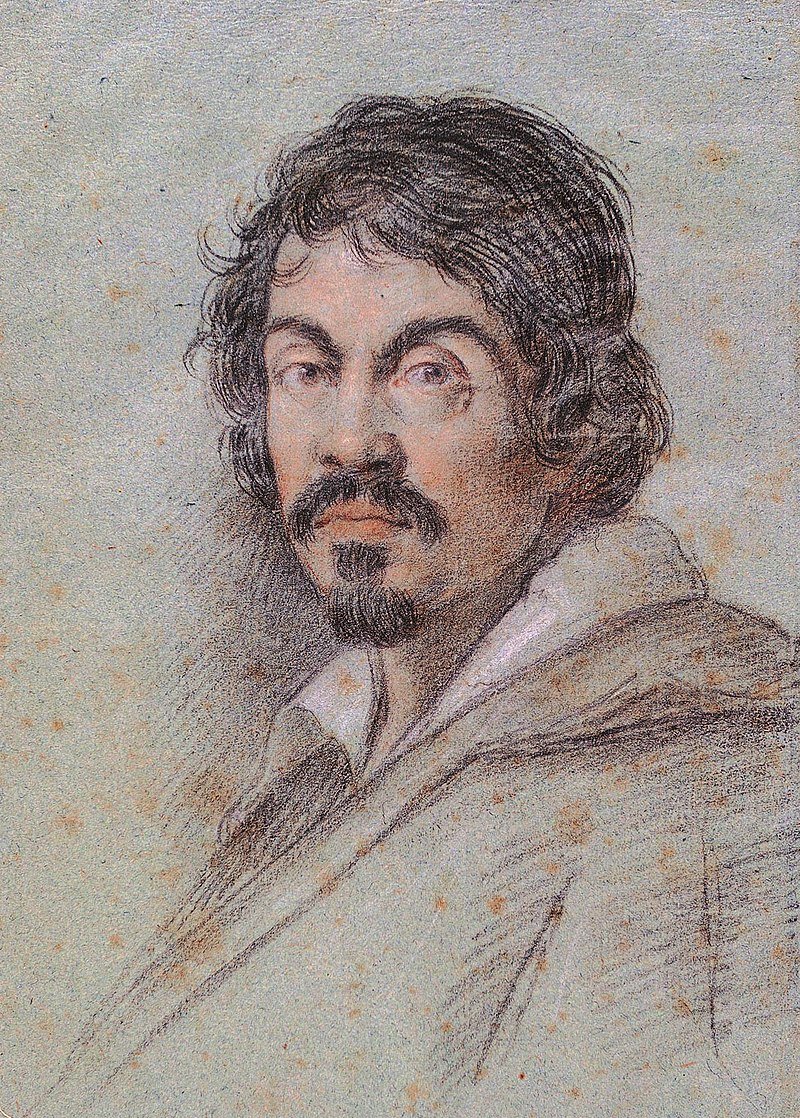
- Birth year: 1571
- Death year: 1610
- City/province of birth: Milan
- Notable characteristics/subject matter: Still lifes, religious themes, mythology
- Notable artwork: Boy with a Basket of Fruit (1593), Death of the Virgin (1604–1606)
Michelangelo Merisi da Caravaggio was a leading Italian painter known for using chiaroscuro and dramatic lighting effects in his paintings.
His work marked a transition in the art world from the refined elegance of the Italian Renaissance to the more emotional and dramatic Baroque style.
Caravaggio often used ordinary people as models for his biblical scenes.
His significant influence spread beyond Italy, affecting many European artists, including Rembrandt and Velázquez.
4. Titian
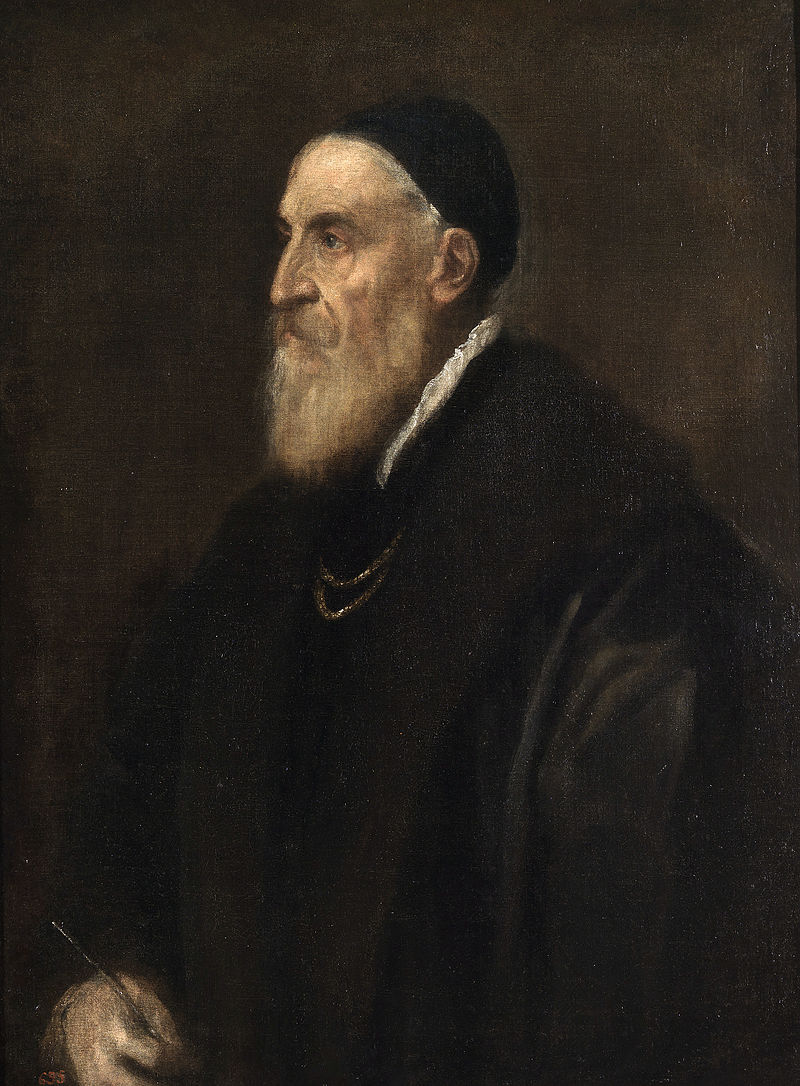
- Birth year: 1488
- Death year: 1576
- City/province of birth: Pieve di Cadore
- Notable characteristics/subject matter: Portraits, religious themes, mythical landscapes
- Notable artwork: Venus of Urbino (1534), Equestrian Portrait of Charles V (1548)
Titian was a famous Italian artist, considered one of the most important painters of the Italian Renaissance.
As a young man, he was apprenticed to the leading Italian painter Giovanni Bellini, a foundational figure of the Venetian School of Painting.
Titian was known for his mastery of oil paints and his ability to capture human emotions, making him a leading figure in the Venetian Renaissance.
Among his most famous paintings is “Venus of Urbino,” a sensual and captivating depiction of the goddess Venus.
5. Raphael
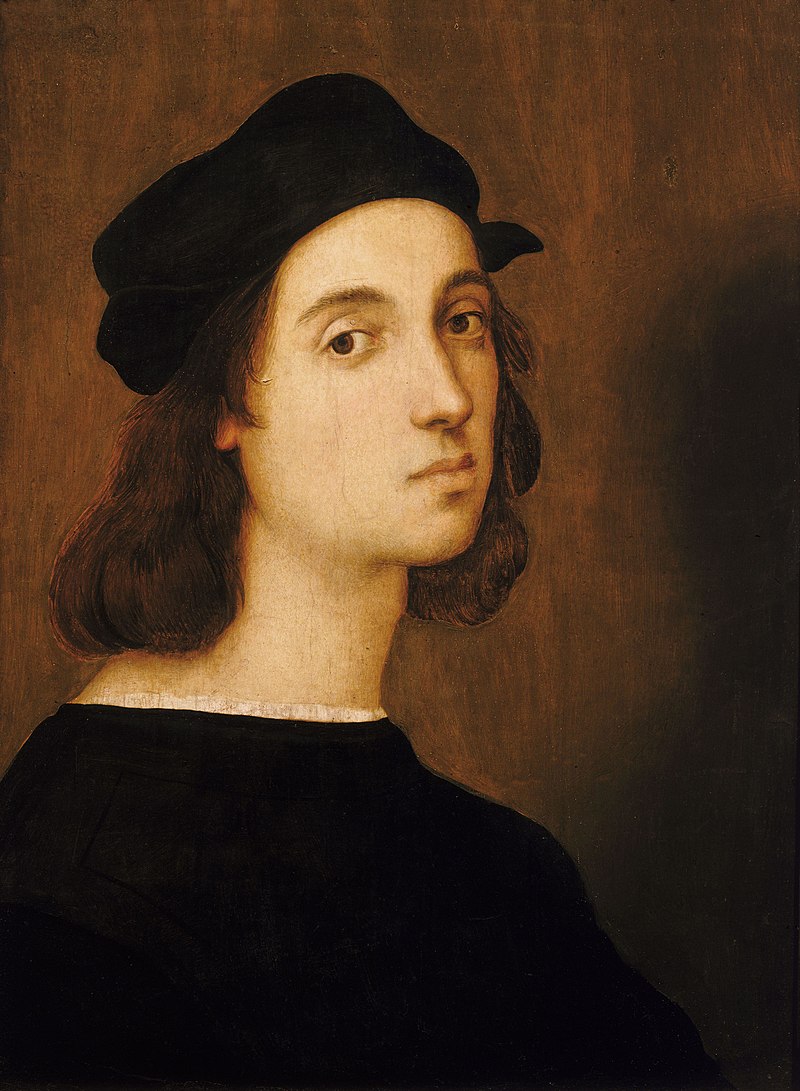
- Birth year: 1483
- Death year: 1520
- City/province of birth: Urbino
- Notable characteristics/subject matter: Religious themes
- Notable artwork: The School of Athens (1509-1511), The Sistine Madonna (1512)
Raffaello Sanzio da Urbino, or Raphael, was one of the most famous Italian artists of the High Renaissance period.
He was influenced by da Vinci’s detailed character study, chiaroscuro technique, and Michelangelo’s dynamic forms and monumental figures.
Raphael’s most famous paintings include “The Sistine Madonna,” representing an ideal and graceful Virgin Mary.
Pope Julius II even appointed Raphael as his chief architect, a testament to his high standing in art.
6. Giovanni Bellini
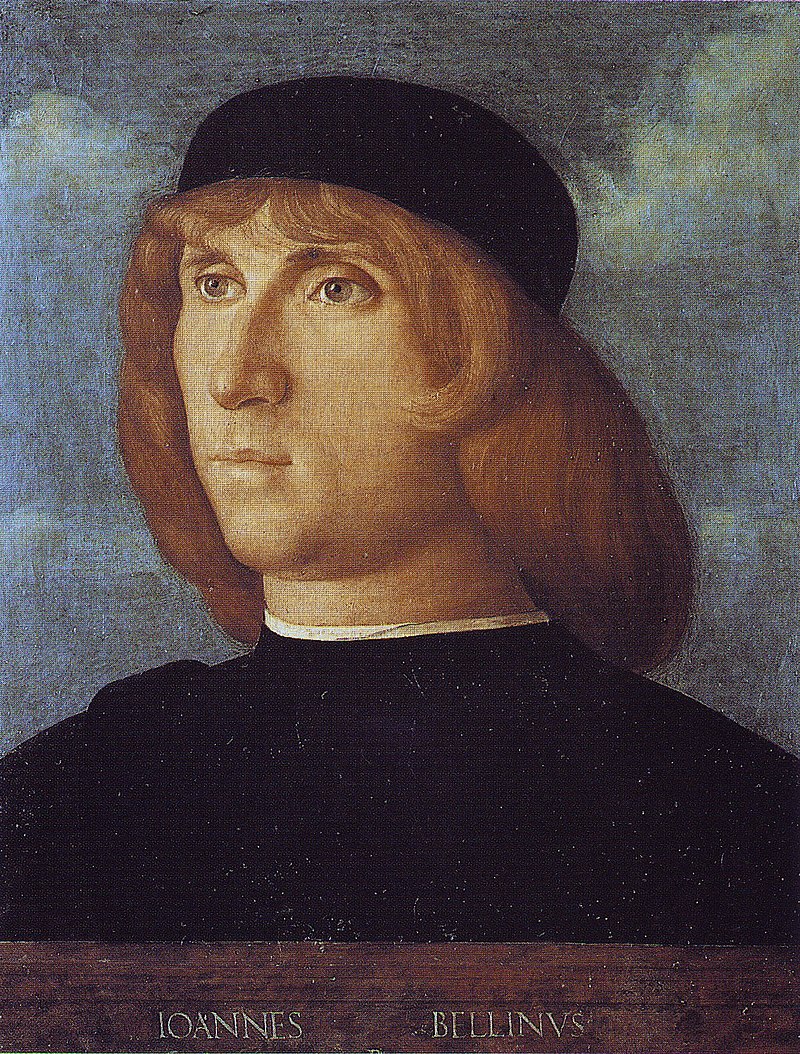
- Birth year: 1430
- Death year: 1516
- City/province of birth: Venice
- Notable characteristics/subject matter: Landscape paintings, religious themes
- Notable artwork: Agony in the Garden (1459–1465), San Zaccaria Altarpiece (1505)
Giovanni Bellini was a famous Italian painter of the Venetian School and is considered one of the greatest painters of the Italian Renaissance.
His influence is evident in the work of his pupils, Titian and Giorgione.
Bellini was known for his religious paintings. One of his most famous artworks is the “San Zaccaria Altarpiece,” housed in the church of San Zaccaria in Venice.
The famous painting is considered a masterpiece of the Venetian Renaissance and displays the Virgin Mary and Child with saints.
7. Leonardo da Vinci
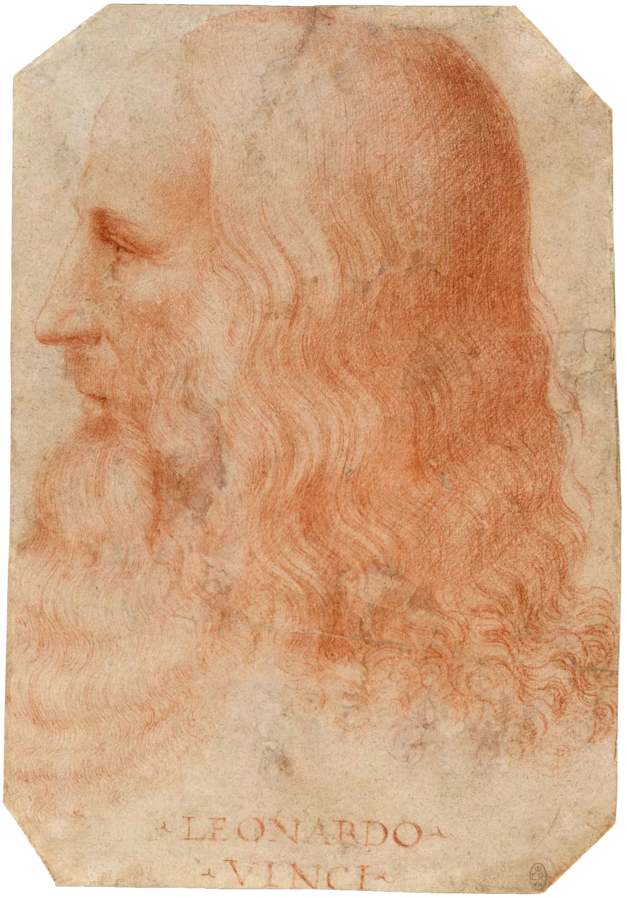
- Birth year: 1452
- Death year: 1519
- City/province of birth: Anchiano
- Notable characteristics/subject matter: Portraits, landscapes, human anatomy
- Notable artwork: The Last Supper (1498), Mona Lisa (1503)
Leonardo da Vinci was one of the most famous Italian artists in European art history.
He was skilled in the visual arts and science, engineering, anatomy, and many other fields.
Da Vinci created one of the most famous Italian paintings today, the “Mona Lisa.”
Housed in the Louvre in Paris, “Mona Lisa” is a portrait of a woman with a mysterious smile that has intrigued viewers for centuries.
Among the artists influenced by Da Vinci are Raphael and Michelangelo, both of whom were contemporaries in the high Renaissance period.
8. Andrea Mantegna
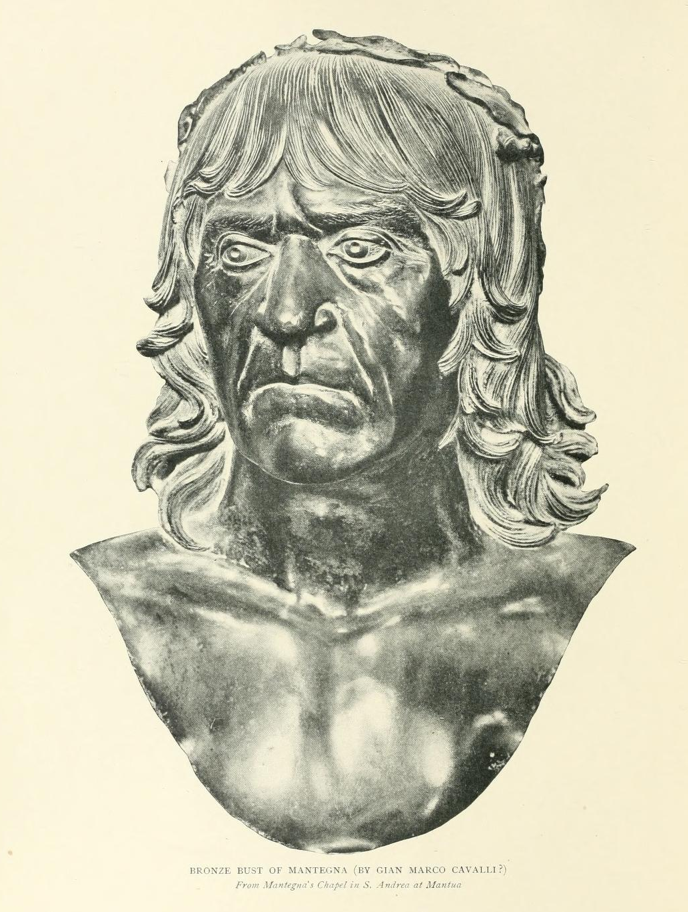
- Birth year: 1431
- Death year: 1506
- City/province of birth: Isola Mantegna
- Notable characteristics/subject matter: Paintings, religious themes, sculpting, engraving
- Notable artwork: San Zeno Altarpiece (1460), Camera degli Sposi (1465-1474)
Andrea Mantegna was one of the most famous Italian painters of the 15th century, known for his mastery of perspective and detail.
Mantegna was an apprentice by the age of eleven, working with Francesco Squarcione in Padua, a leading artist and teacher of the time.
Squarcione’s influence and Mantegna’s studies of Roman archaeology largely shaped his artistic style.
His most famous paintings include the “San Zeno Altarpiece,” a large-scale painting filled with religious subjects housed in the Basilica of San Zeno, Verona.
9. Donatello
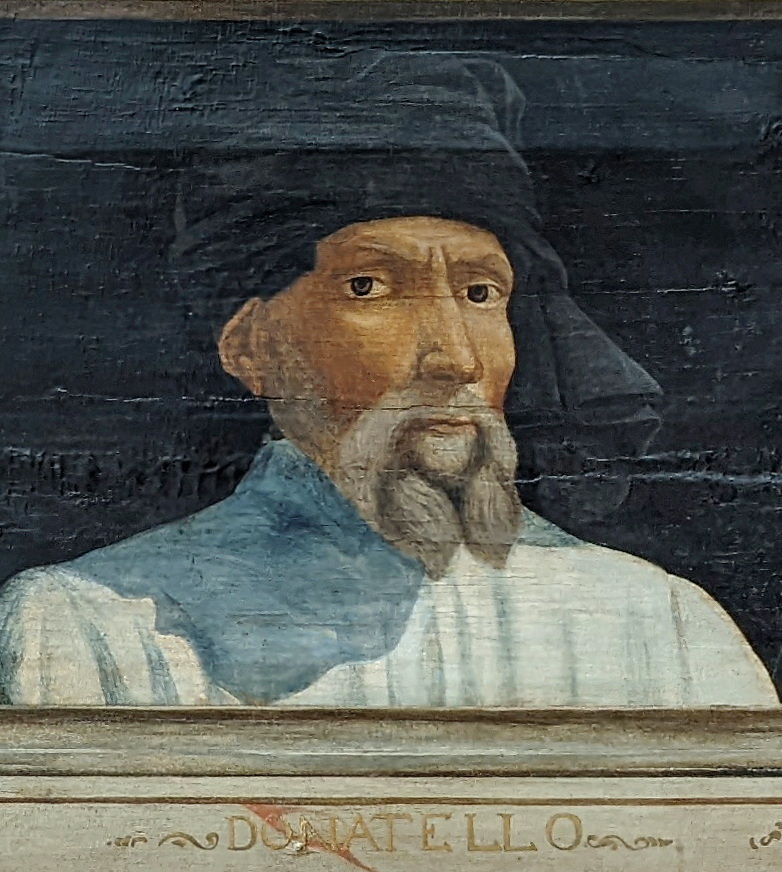
- Birth year: 1386
- Death year: 1466
- City/province of birth: Florence
- Notable characteristics/subject matter: Renaissance sculpture style
- Notable artwork: David (1430-1440), Penitent Magdalene (1440)
The Italian sculptor Donatello was a master of sculpture in both marble and bronze and one of the greatest Italian Renaissance artists.
He was influenced by the Gothic style of the Middle Ages and the innovations of the Italian Renaissance.
His studies of the natural world and the philosophical and artistic ideas emerging during the Italian Renaissance shaped his art style.
Donatello created several famous artworks, including the statue of David, the first known free-standing nude sculpture produced since ancient times.
10. Artemisia Gentileschi
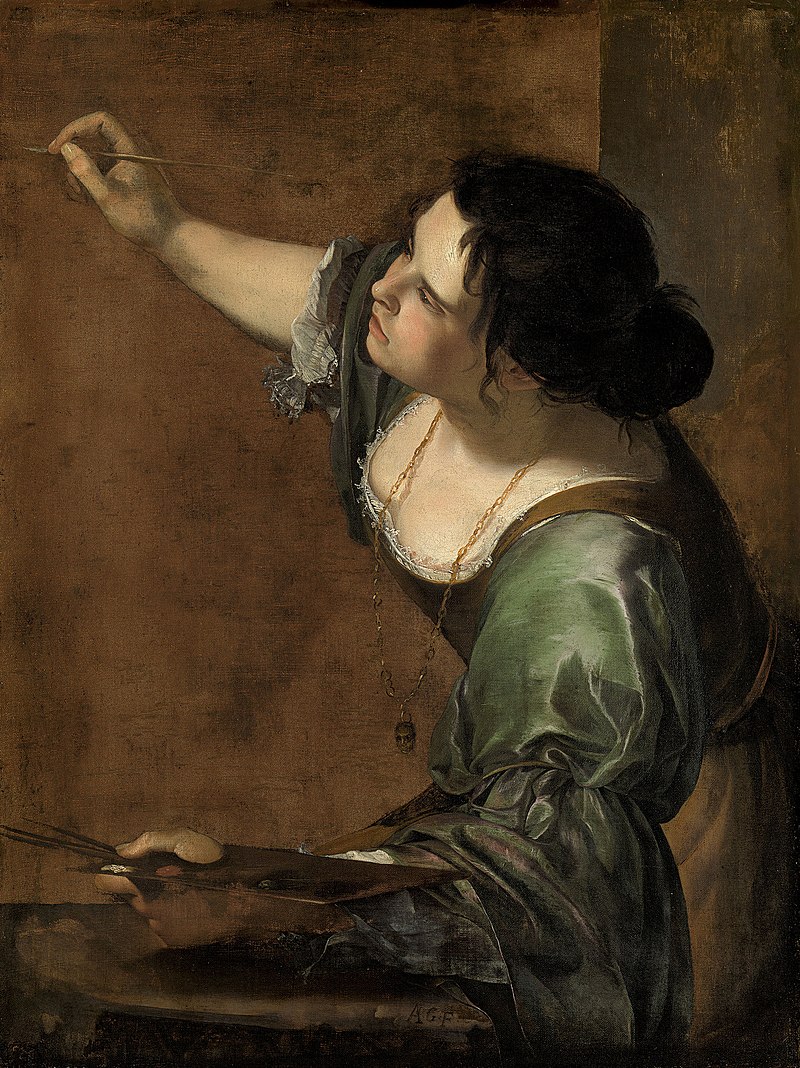
- Birth year: 1593
- Death year: 1653
- City/province of birth: Rome
- Notable characteristics/subject matter: Baroque paintings, chiaroscuro techniques
- Notable artwork: Judith Slaying Holofernes (1612-1613), Susanna and the Elders (1610)
Artemisia Gentileschi was an Italian Baroque painter known for her depictions of strong female characters and dramatic use of light.
Caravaggio’s use of chiaroscuro and his focus on naturalistic depictions significantly impacted Gentileschi’s artistic development.
She created numerous notable artworks, often featuring strong and heroic women from history and mythology, including “Judith Slaying Holofernes.”
This painting depicts Judith, a Jewish widow who saves her people by seducing and beheading the Assyrian general, Holofernes.
11. Giotto
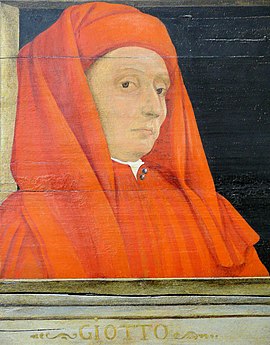
- Birth year: 1267
- Death year: 1337
- City/province of birth: Near Florence
- Notable characteristics/subject matter: Religious art, paintings, architecture
- Notable artwork: Kiss of Judas (1306), Crucifixion (1320)
Giotto di Bondone, or Giotto, is considered one of the most important painters of the early Renaissance period.
He drew inspiration from the Byzantine artistic tradition prevalent during his time, emphasizing stylized, flat figures and gold backgrounds. Later, he incorporated naturalism and three-dimensionality into his paintings.
Giotto’s most famous artwork is the series of frescoes he created in the Scrovegni Chapel, which depicts scenes from the life of Christ and the Virgin Mary, among others.
12. Tintoretto
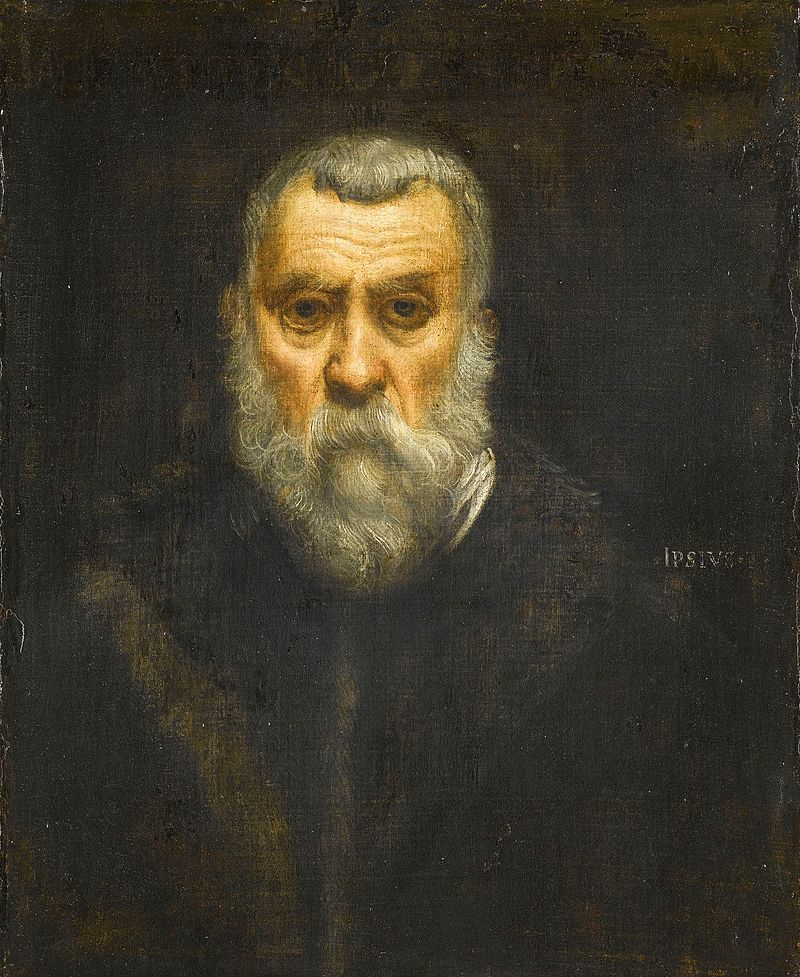
- Birth year: 1518
- Death year: 1594
- City/province of birth: Venice
- Notable characteristics/subject matter: Religious and mythological paintings
- Notable artwork: Last Supper (1594), The Origin of the Milky Way (1575)
Tintoretto, born Jacopo Comin, was considered one of the most famous Italian Renaissance artists.
He studied the works of the Venetian painters Giovanni Bellini, Jacopo Palma il Vecchio, and Michelangelo.
Their influence is evident in Tintoretto’s dramatic use of light and shadow, dynamic compositions, and a sense of movement in his artwork. These characteristics of his work are often associated with the Venetian School of Painting.
One of his most famous paintings is the “Last Supper,” which depicts the biblical scene and perfectly captures the emotional intensity of the moment.
13. Giorgione
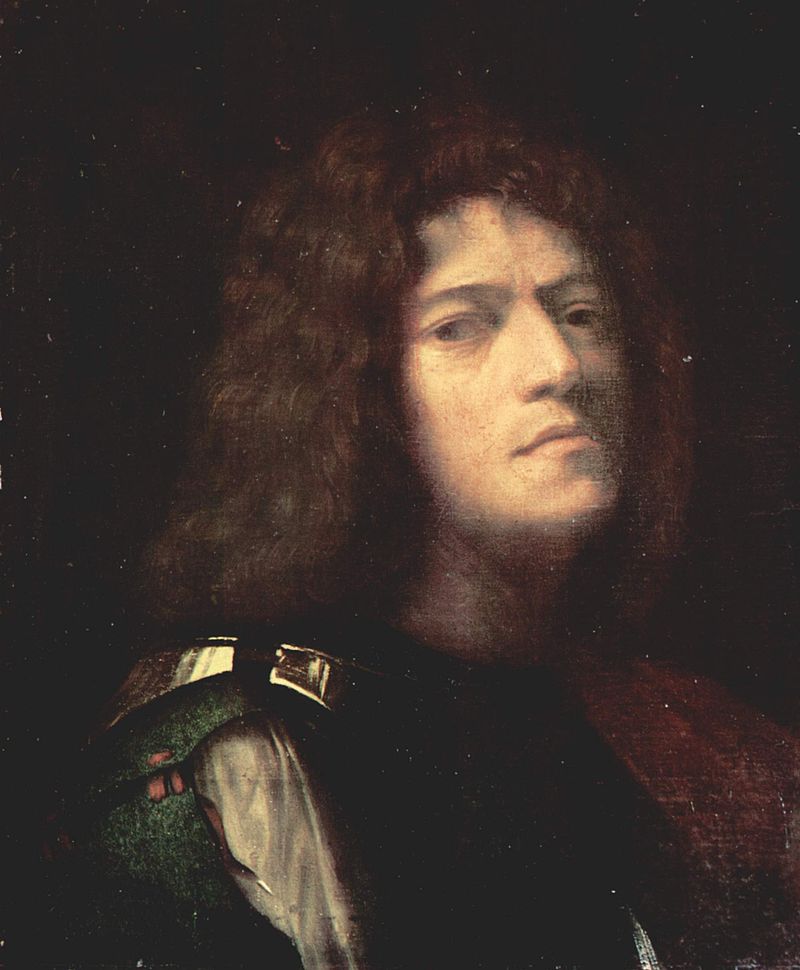
- Birth year: 1477
- Death year: 1510
- City/province of birth: Castelfranco Veneto
- Notable characteristics/subject matter: Tonal harmony, landscape paintings, portraiture
- Notable artwork: The Tempest (1508), Sleeping Venus (1510)
Giorgio Barbarelli da Castelfranco, or Giorgione, was an Italian painter of the High Renaissance period.
The works of Giovanni Bellini, the leading painter in Venice at the time, influenced Giorgione. He also studied ancient art’s classical forms and ideals, which were rediscovered during the Renaissance.
One of his most famous paintings is “The Tempest,” currently housed in the Gallerie dell’Accademia in Venice. This enigmatic and atmospheric work depicts a stormy landscape with a nude female figure nursing a baby.
14. Amedeo Modigliani
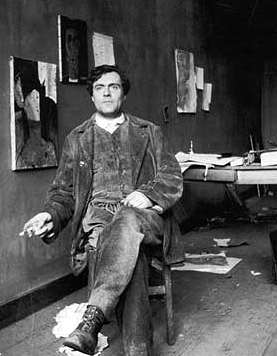
- Birth year: 1884
- Death year: 1920
- City/province of birth: Livorno
- Notable characteristics/subject matter: Nudes, portraits with elongated figures and mask-like faces
- Notable artwork: Reclining Nude (1917), Jacques and Berthe Lipchitz (1917)
Amedeo Modigliani was a painter and sculptor known for his distinct style characterized by elongated figures and mask-like faces.
Various art movements and artists impacted Modigliani, including Paul Cézanne and Pablo Picasso.
He also incorporated simplified forms and elongated African and Oceanic art figures into his work.
Modigliani’s portraits, with their elongated faces and almond-shaped eyes, are highly regarded. His subjects included friends, fellow artists, and lovers, capturing their individuality and inner emotions.
15. Masaccio
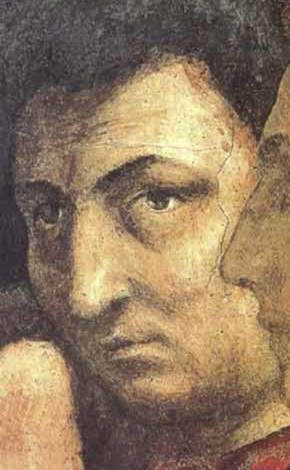
- Birth year: 1401
- Death year: 1428
- City/province of birth: San Giovanni Valdarno
- Notable characteristics/subject matter: Chiaroscuro techniques, perspective, naturalism
- Notable artwork: Expulsion from the Garden of Eden (1425), Holy Trinity (1428)
Masaccio, a famous Italian artist known to use chiaroscuro, is considered one of the pioneers of Renaissance art.
He drew inspiration from the contemporary Florentine art scene and the principles of linear perspective and naturalism explored by artists like Brunelleschi and Donatello.
One of Masaccio’s most famous works is the fresco cycle, which includes the iconic painting “The Expulsion from the Garden of Eden.”
This artwork depicts Adam and Eve being expelled from Paradise after their disobedience, bringing a new emotional depth and narrative power to religious art.
16. Giuseppe Arcimboldo
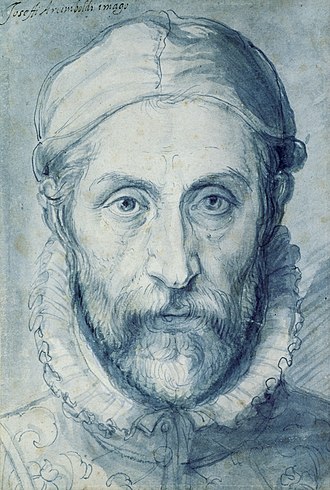
- Birth year: 1526
- Death year: 1593
- City/province of birth: Milan
- Notable characteristics/subject matter: Collage-style creative portrait heads
- Notable artwork: Four Seasons in One Head (1590), Vertumnus (1590)
Giuseppe Arcimboldo was a famous Italian painter known for his imaginative, surrealistic style and his use of unconventional materials in creating portraits.
His early works show the influence of the Lombard school of painting, particularly the works of Leonardo da Vinci and Bernardino Luini.
Arcimboldo is often associated with the Mannerist movement, emphasizing the artist’s expression and imagination.
One of his most famous paintings is the “Four Seasons,” which depicts Spring, Summer, Autumn, and Winter using an assemblage of various fruits, flowers, vegetables, and other natural elements.
17. Gian Lorenzo Bernini
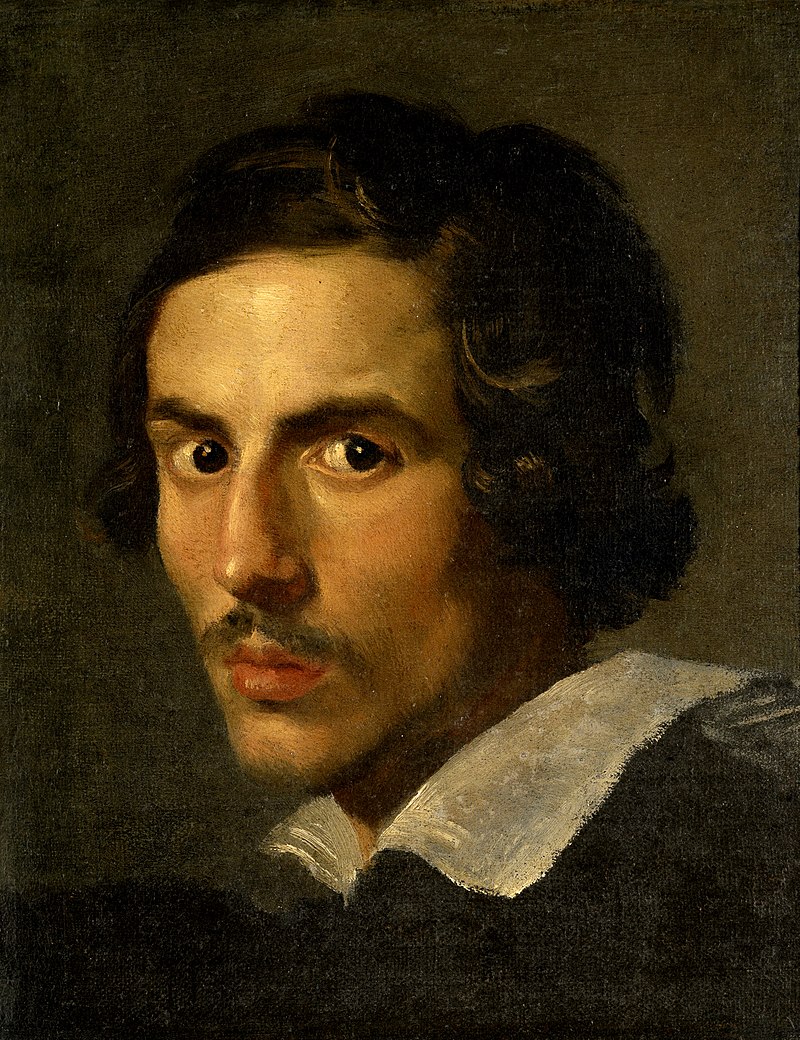
- Birth year: 1598
- Death year: 1680
- City/province of birth: Naples
- Notable characteristics/subject matter: Religious art and mythological sculptures
- Notable artwork: Ecstasy of Saint Teresa (1652), Apollo and Daphne (1625)
Gian Lorenzo Bernini, an important Italian Baroque artist, is known for his significant influence on the visual arts of Europe during his time.
Bernini was influenced by the works of the renowned Renaissance artists Michelangelo, Leonardo da Vinci, and Raphael.
He also drew inspiration from ancient Roman and Greek sculptures, studying the ruins and statues of the Roman Empire.
Among his most famous sculptures, he created “The Ecstasy of Saint Teresa,” which depicted Saint Teresa of Avila in a moment of spiritual ecstasy.
18. Sofonisba Anguissola
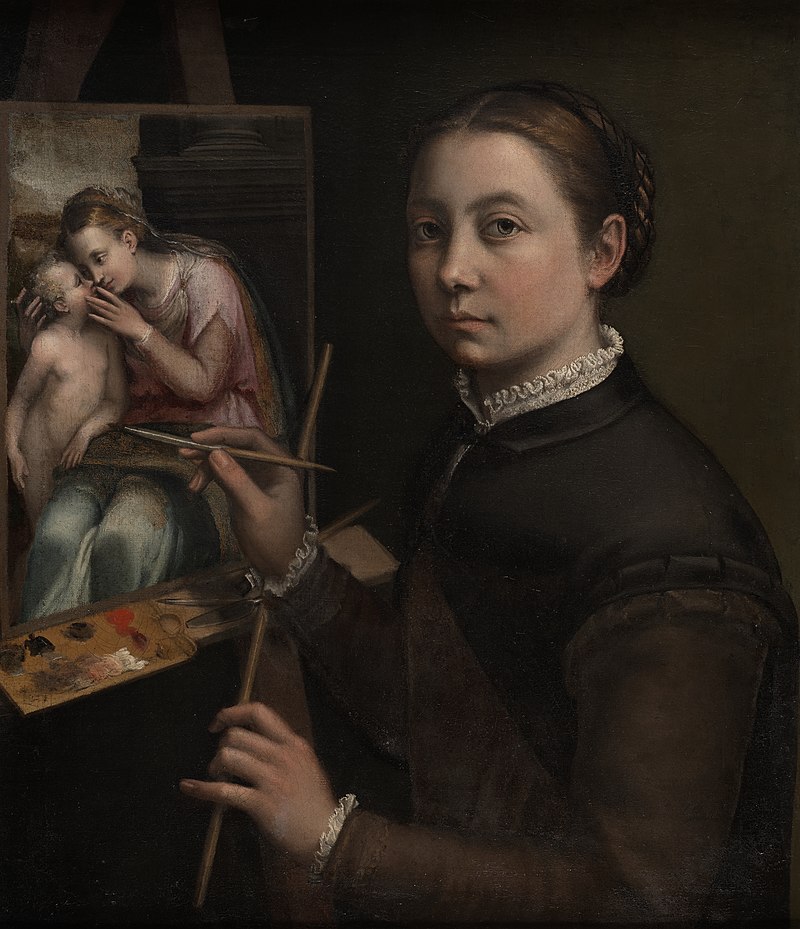
- Birth year: 1532
- Death year: 1625
- City/province of birth: Cremona
- Notable characteristics/subject matter: Portraiture
- Notable artwork: The Chess Game (1555), Self-Portrait at the Easel (1556)
Sofonisba Anguissola was among the most famous Italian painters from the Renaissance era.
Anguissola’s talent and achievements caught the attention of Michelangelo, who became an admirer and mentor to her.
Michelangelo’s influence can be seen in her attention to anatomical detail and expressive gestures.
Her painting “The Chess Game” depicts Anguissola and her sisters engaged in a chess game. This informal and intimate portrayal of the artist and her family was a departure from traditional formal portraits of the time.
19. Annibale Carracci
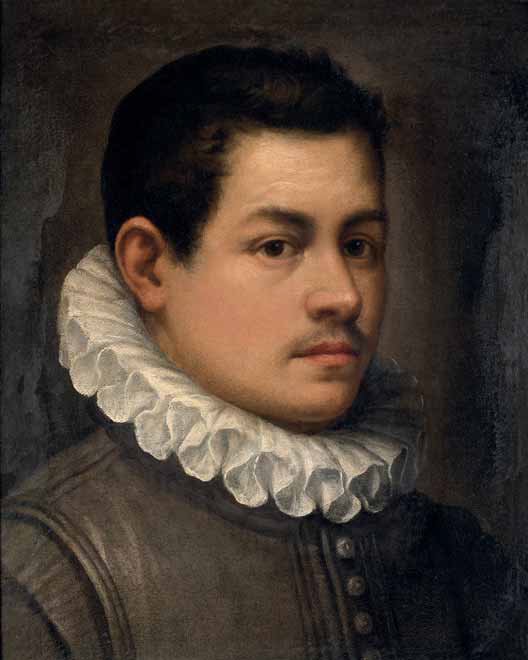
- Birth year: 1560
- Death year: 1609
- City/province of birth: Bologna
- Notable characteristics/subject matter: Baroque style, religious art, landscapes
- Notable artwork: Venus, Adonis, and Cupid (1590), Landscape with the Flight into Egypt (1603-1604)
Annibale Carracci was one of the most famous Italian painters and played a significant role in developing Italian art.
He studied the works of Michelangelo and Raphael from the High Renaissance period.
He also drew inspiration from Venetian painting, particularly the use of color and light by artists such as Titian.
One of Carracci’s most famous works is “The Flight into Egypt.” This painting depicts the biblical scene of Mary, Joseph, and the infant Jesus fleeing to Egypt to escape King Herod’s massacre of the innocents.
20. Andrea del Verrocchio
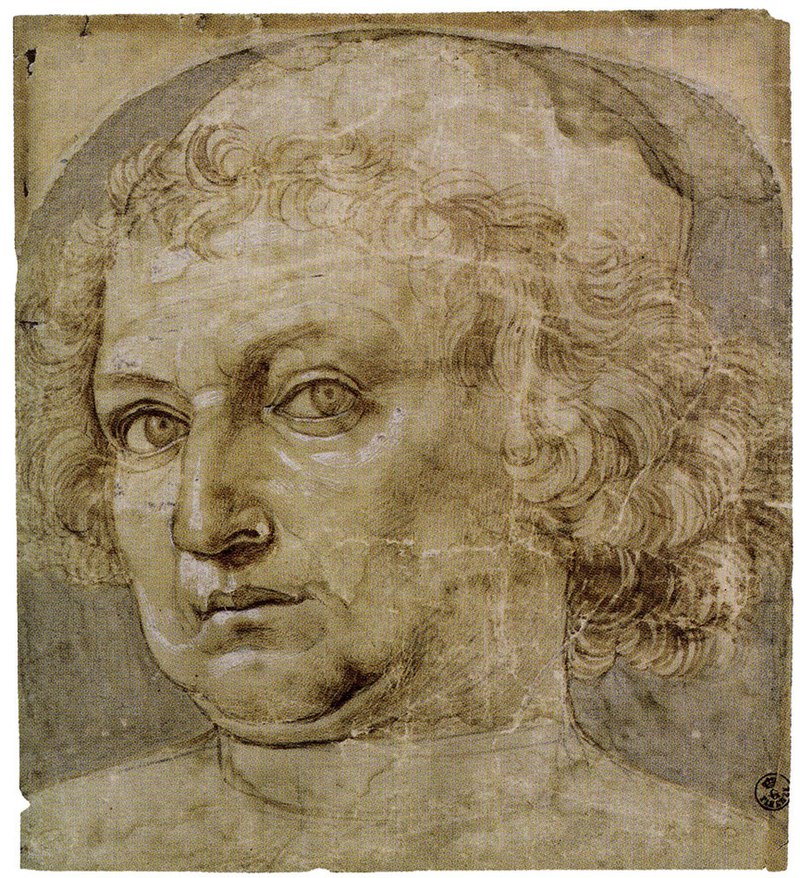
- Birth year: 1435
- Death year: 1488
- City/province of birth: Florence
- Notable characteristics/subject matter: Expressive sculptures, portraits, realism
- Notable artwork: David (1475), Baptism of Church (1475)
Andrea del Verrocchio, a 15th-century Florentine sculptor and painter, played an essential role in shaping some of the greatest Italian artists throughout history.
He was not only a master of his workshop but also taught many young artists, including Leonardo da Vinci.
He studied under Donatello and was inspired by renowned Florentine artists Andrea del Castagno and Antonio del Pollaiuolo.
Verrocchio’s most notable works include “Baptism of Christ” and “David,” showcasing his outstanding skill as a sculptor with their lifelike quality and attention to detail.
